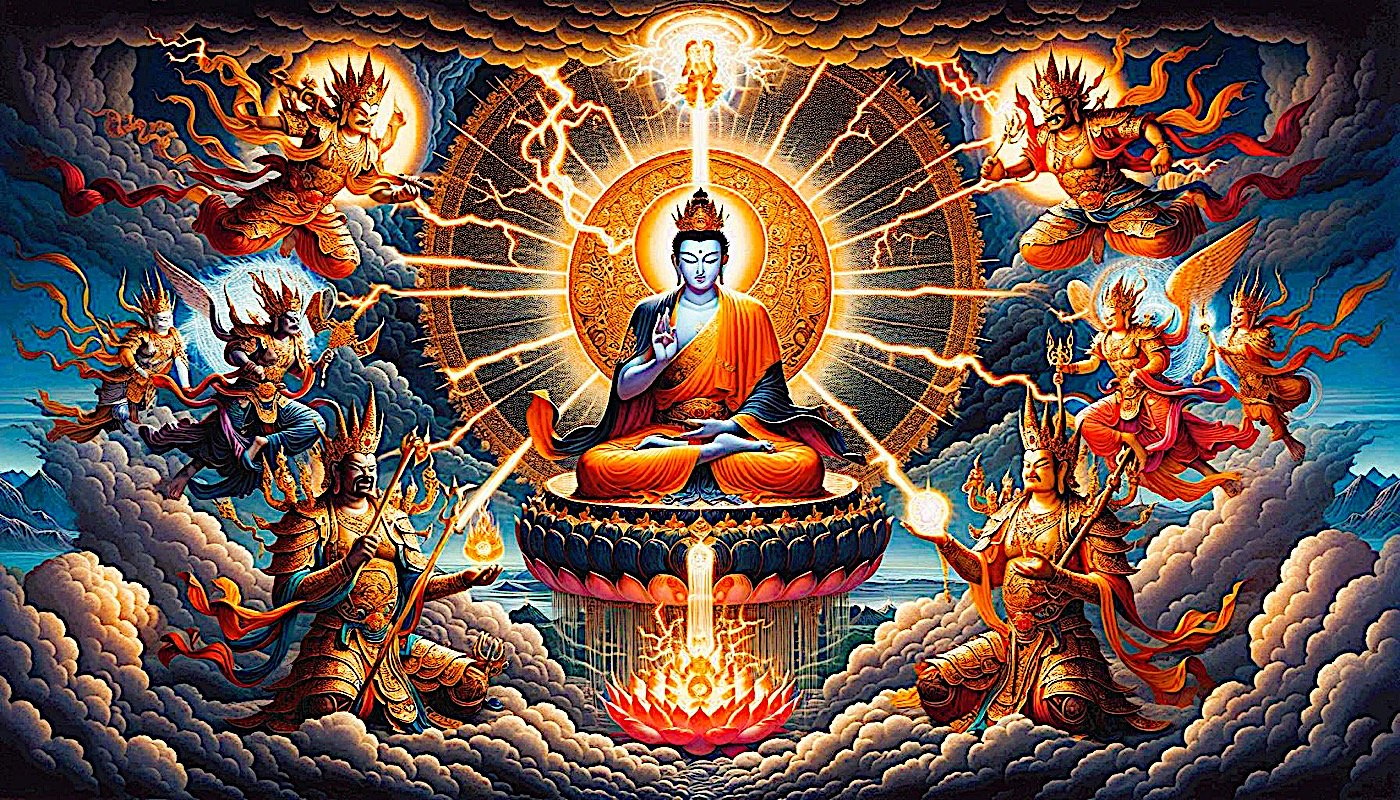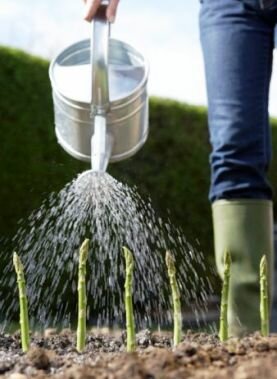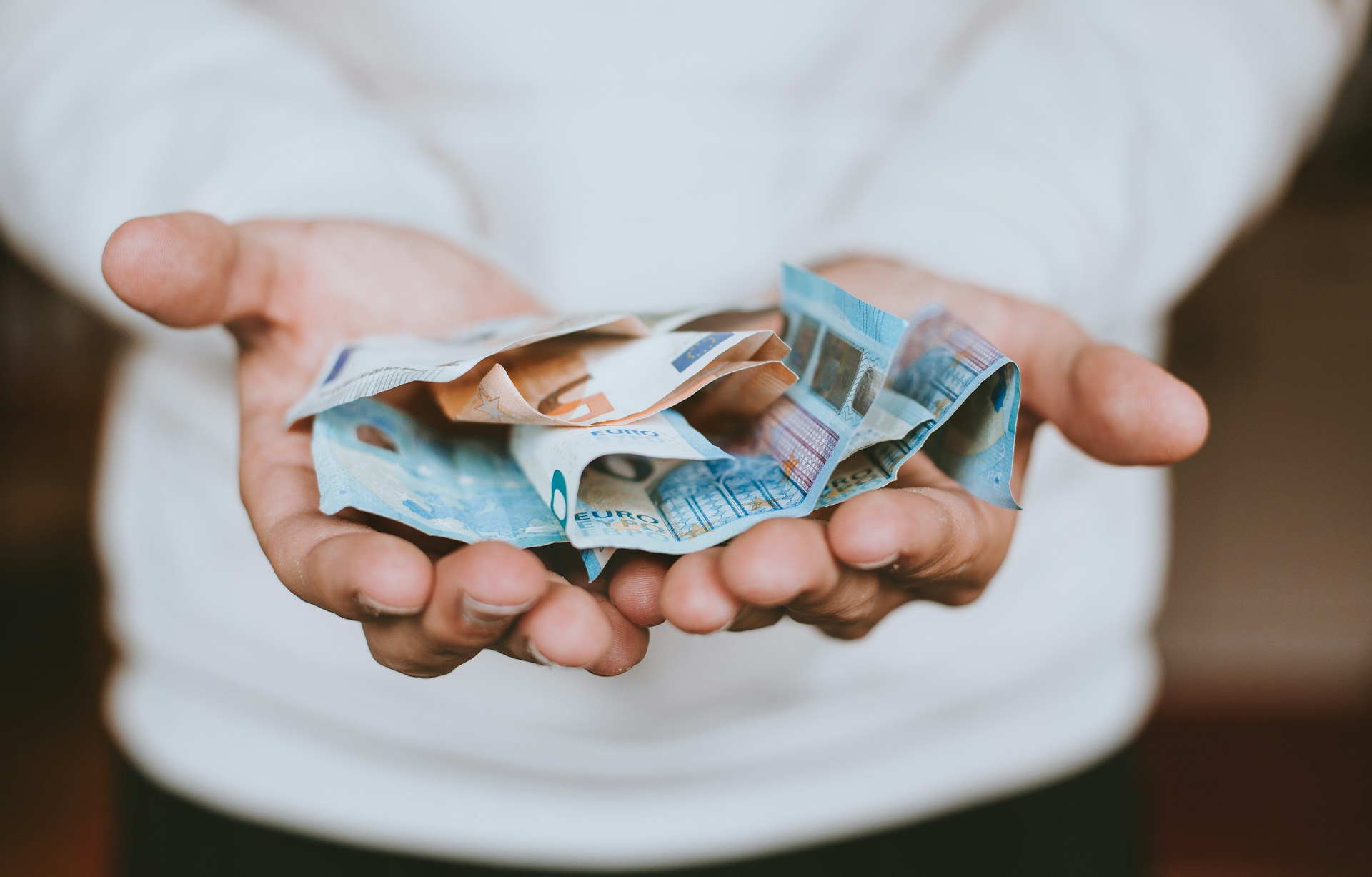How to Replace the Sky
Matt Huynh / The VergeHow to Replace the Sky, a comic by Matt Hyunh. At the end of 2020, the painting software I’d used my entire professional life updated itself with a new button. Illustration of a Photoshop window,...

How to Replace the Sky, a comic by Matt Hyunh.
At the end of 2020, the painting software I’d used my entire professional life updated itself with a new button.
Illustration of a Photoshop window, with the Sky Replacement tool selected in a menu.
I made my living as a commercial illustrator, making pictures for advertising agencies, book publishers, and magazines.
Illustration of a small propped-up tablet and keyboard.
I usually painted with ink and brushes, but I also used drawing tablets and apps for jobs that needed flexibility for changes and a quick turnaround.
Matt appears in front of the tablet.
I was up-to-date with the latest tools, but I couldn’t imagine why I would need to replace the sky.
The walls of an office appear around Matt, enclosing him.
Were hotter, trendier artists packing their pictures with perfect skies?
More office paraphernalia materializes: a book shelf, a drafting table, plants, art on the walls.
Did my pictures feel under-seasoned without more skies?
More books, a laptop, a phone, more pictures.
“Sky replacement” promised to find the sky in a picture.
Outside the office, the sky appears, turning dark.
Drag and drop a more desirable option from a library of 5,000 —
Clear skies,
sunsets,
Outside the office, the background becomes sky of short brush strokes.
storms,
Outside the office, the brush strokes become larger.
starry nights.
The strokes become tighter and darker.
And automatically adjust the temperature to fit in with the environment.
The strokes become calmer, longer and horizontal.
Mask the sky.
It did this by using artificial intelligence and machine learning, which sounded something like an explanation but didn’t mean much more to me than another computer doing one more very computerish thing.
Matt is in his office. It is dark, except for the illumination of the tablet.
It took all the hard work out of selecting, masking and blending the sky.
Matt’s office appears again, this time as three layers, like photos stacked on top of each other.
I wouldn’t even need to look.
Matt’s office appears completely dark.
A pop-up window: Do you want to replace the sky? A button that reads “OK.”
A new pop-up window: Could not replace the sky because no sky was detected. A button that reads “OK.”
I couldn’t help feeling disappointed.
Illustration of Matt in his desk chair, looking down at at the floor.
A pop-up window: Those perfect skies were meant for someone else. A button that reads “OK.”
Another pop-up window: Someone whose job puts them in a regular position to gaze up from their vista and decide the sky could be better. A button that reads “OK.”
A pop-up window: Those skies weren’t meant for me. A button that reads “OK.”
The software is almost as old as I am, but it’s been quietly updating itself over the 12 years I’ve painted with it.
Illustration of a loading bar that reads “Updating software,” its progress “about 12 years remaining…”
Imperceptibly patching bugs and installing performance fixes until one day it proposed something that I never thought to ask for.
Illustration of a dark figure, with a burned CD-R in hand.
I taught myself to draw by tracing comics against my living room window, following the brush strokes coming through the other side of the page until their paths became predictable.
Illustration of the sun, partially hidden by clouds.
An open comic book appears over the sky, with tracing paper over a superhero character mid-flight.
Young Matt appears over the paper, tracing the character’s outline.
But when I saved up enough to get a drawing tablet, just expensive and rare enough to be out of reach for a mere dabbler, I had to teach myself how to draw all over again
Illustration of a desktop computer, keyboard, tablet, and mouse.
With my lines disconnected from my hands and my hands disconnected from my eyes
Matt appears with his hand on the keyboard, his other hand on the tablet, and eyes on the monitor.
My dreams of being an artist were an uncomfortable fit for my refugee family’s values
After surviving a war, they built a quiet, stable life by working hard and keeping their heads down.
I’d have to prove that being an artist could be a stable, workaday job too.
I drew hundreds of storyboards that sold booze, insurance, candy, and cars.
Animation of products and storyboards circle Matt and the computer.
I layered fills, shadows, and highlights into pictures with the detachment and consistency of a robot, finishing drawings quickly and reliably.
Animation of Matt and the desktop computer falling away, and hearts, dollar signs, and like symbols emerging.
The more I disconnected myself from my drawings, the more I was rewarded for it.
The original illustration of Matt at the computer is restored.
For a higher fee, I took a job that put me in front of a camera.
Illustration of Matt drawing at a large canvas, with a video camera overhead.
(Sort of.)
Matt has moved to another part of the canvas. A lighting rig emerges.
A phone company commissioned a video just to show their employees.
Matt moves again. Another lighting rig appears.
I spent days under hot lights and cameras drawing on a giant whiteboard, contorting myself to keep my body just out of frame.
Matt moves. A fourth lighting rig.
When the finished footage was sped up, the artwork magically appeared from my disembodied hand.
The canvas reveals a large cloud.
Matt’s hands appear, drawing more clouds.
It presented all my creativity without any of the long hours and sweaty labor.
Hands disappear, leaving only the clouds.
The painting apps on my tablet today automatically generate bite-sized time lapses so they can be easily shared.
Animation of a time lapse of the same clouds being illustrated.
After many years of drawing digitally, I caught myself compulsively DOUBLE TAPPING a “real” page to UNDO a line, PINCHING to zoom in or mentally SEARCHING my handwriting for a keyword.
Animation of a drawing board, and a hand tapping and swiping across the page.
Thoughts like CONTROL, COMMAND, and FUNCTION began to intrude when I was drawing.
A floppy disk appears over the drawing board.
I committed SHORTCUTS to memory.
An animation of a file being placed into a folder.
I was never afraid of going too far, because my hand hovered over UNDO and I could save infinite copies with minute variations.
An animation of files stacked on each other.
After years of contorting myself to the glow of countless screens and bending to the quirks and kinks of the latest devices, a tingling sensation appeared in my knuckles.
An illustration of Matt hunched over a drawing board, at a desk.
My wrists pinched, palms tightened, nerves shooting between my shoulder blades to shock my neck.
Animation of spikes of pain running up Matt’s back and off his elbow.
I was a useless lump. For the first time since moving to New York, I had to stop drawing.
Illustration of Matt, still at the desk, looking fried.
Or at least stop drawing in all the ways that the computer had rewarded me for over years and years.
I left New York City for a barn in New Jersey, where I had more space and a change of view.
Illustration of a box of loosely packed computer equipment.
“Stopping” should’ve been easy out here, but the thought of everything I could be missing out on made slowing down seem shamefully self-indulgent, even as work dried up.
A simple illustration of the outline of a house and trees.
Work slowed down and as those shaggy days shambled on, I stayed tethered to life in NYC by an internet cable that swung across my field in the wind.
Matt, hunched and holding his box of computer equipment, appears inside the outline of the house.
My old life was shrunk and squashed into Zoom tiles and Instagram carousels.
Animation of people on Zoom and Instagram appearing, looking enthusiastic and doing a variety of activities — baking, dancing, at a protest.
NYC loomed larger in my imagination than it ever did when I lived in it.
A dark-skied cityscape of New York appears.
I needed to feel like the kid who taught himself to draw by following a line across the page.
If you asked him to draw the sky, he might draw some clouds. Its passing weather. Not its boundaries, but everything that fills it up.
The outline of the house, the colors now inverted, with birds and the outline of a comic book superhero added to the sky.
How much could I leave out before it’d be unrecognisable?
A pop-up window: Are you sure you want to replace the sky? Buttons that read “CANCEL” and “OK.”
I probably won’t stop using new devices to make and share my work anytime soon.
My habits and instincts have been shaped too much by what the gadgets need me to do.
But maybe that would all change if only I could shape my tools to suit me instead.
I could make black walnut ink.
Four panels appear: Matt looking up at a tree, Matt picking something off the ground, Matt collecting more in a bucket, a close-up of a fruit.
I could gather walnuts from my field and leave them to blacken in the sun, until their shells slide off from their seeds.
Four panels: Matt laying a walnut in the sun, Matt holding a bucket of walnuts, a close-up of a dried walnut, the bucket drying out in front of a shed.
I could pluck each maggot from the rotting husks, to spare them from being boiled in an old steel pot with the shells
Four panels: Matt husking the bucket, a close-up of a walnut husk with maggots in it, the bucket set in front of the shed, Matt walking off with the bucket.
I could strain the sediment through cheesecloth and run the remainder through a coffee filter in an oil funnel.
Four panels: A close-up of the walnut, Matt boiling a cauldron, Matt carrying a bucket, Matt straining the contents of the bucket through a funnel.
I could skim mold off its surface, adding cloves and alcohol to stop more from growing back.
Four panels: Matt stirring the cauldron at night, Matt adding alcohol to a large jar, Matt pouring the bucket through a strainer, Matt seated and inspecting the jar.
I could dip cards in it to test its color, thickening it with gum arabic.
I could portion the ink into personalized bottles.
Four panels: Matt adding gum arabic to bucket, Matt examining the bottle at night, Matt pouring the ink into bottles, Matt surrounded by bottles.
And I could still perk up at a new release or update.
Illustration of Matt kneeling, with the bottle of walnut ink, with a camera icon next to him.
But not because I’m afraid of missing out or being left behind.
Matt lifts the ink and his phone. The camera icon turns into a heart.
Maybe something that I couldn’t even imagine a use for, could become more than it ever dreamt for itself.
Matt taps the phone. The heart is replaced by a cloud with an arrow in it — the Apple upload icon.
In my hands.

 Hollif
Hollif 









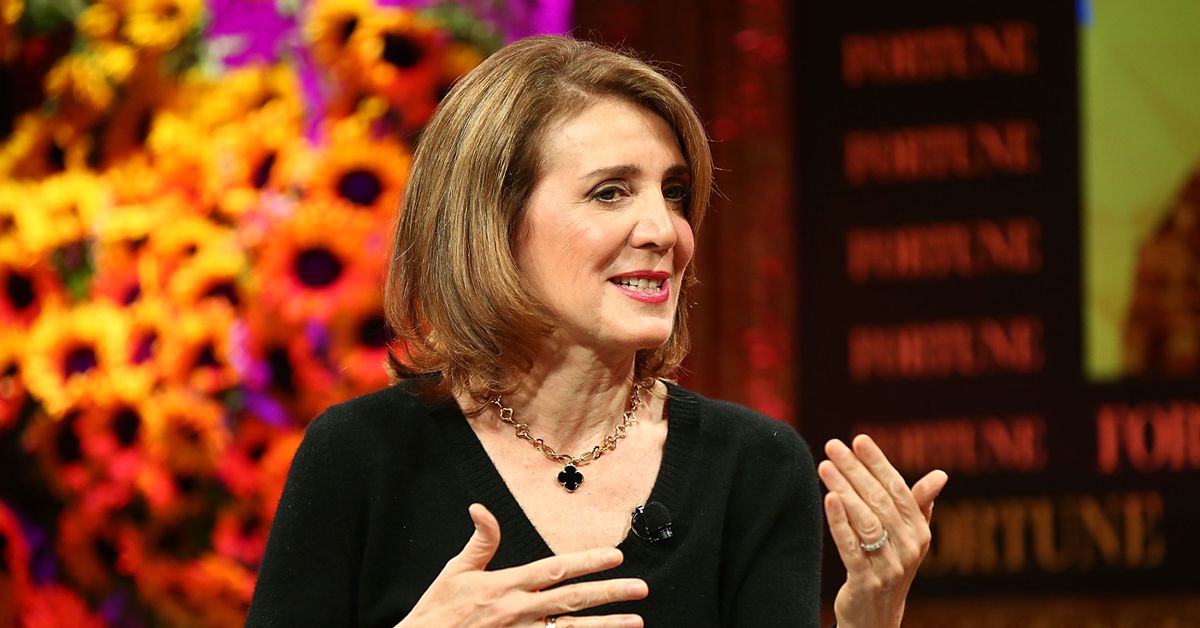
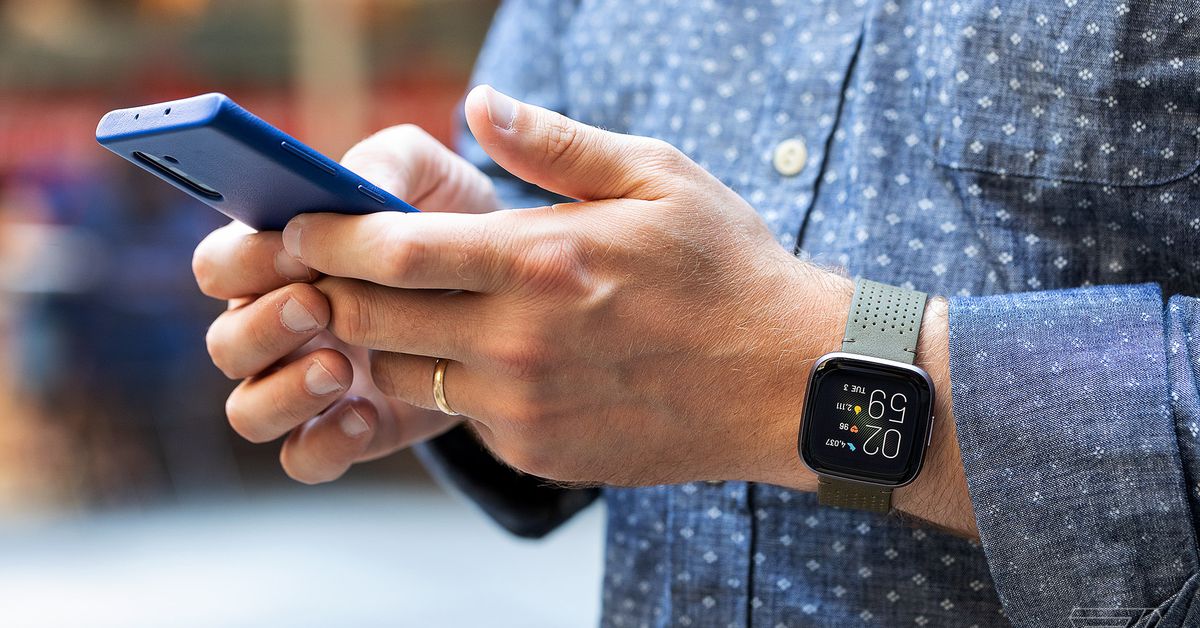












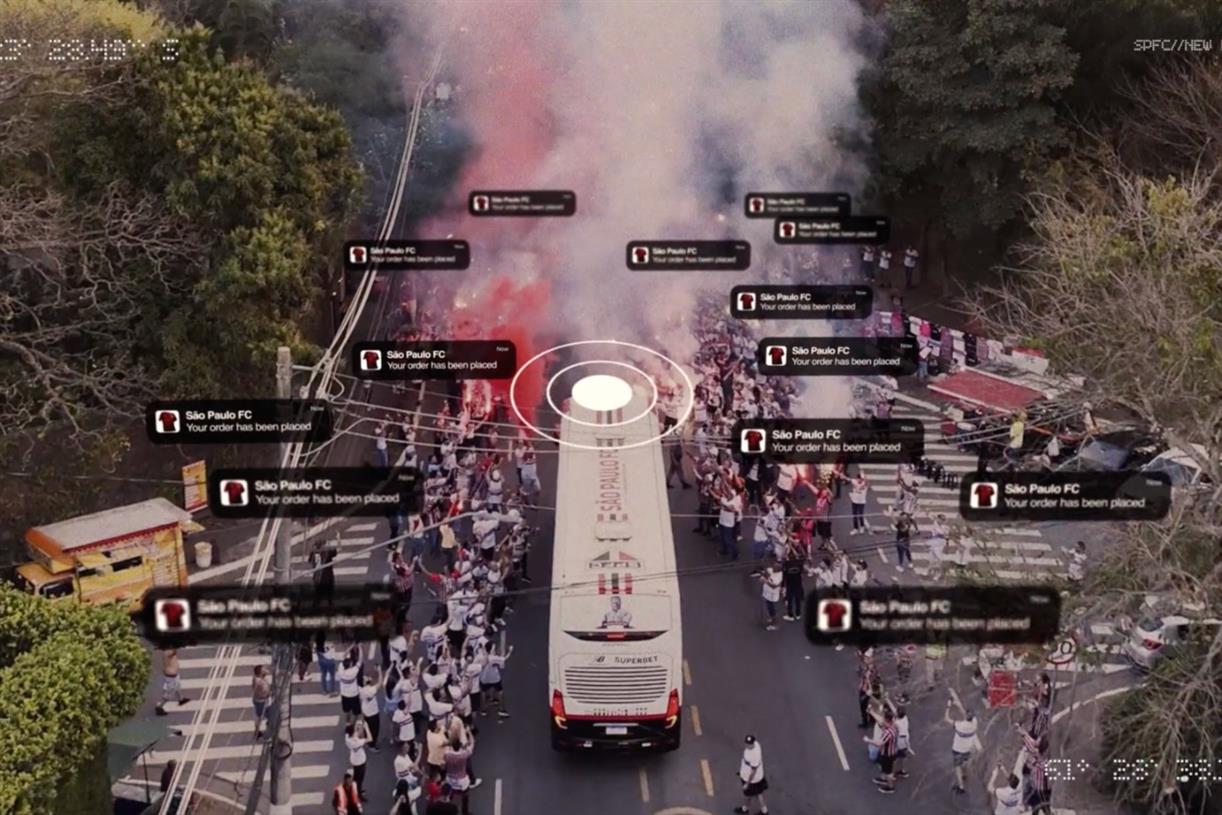


.jpg)

